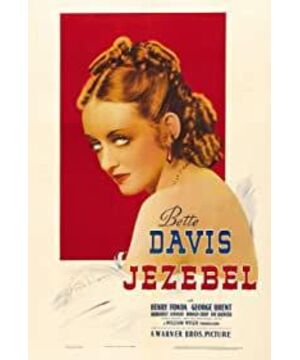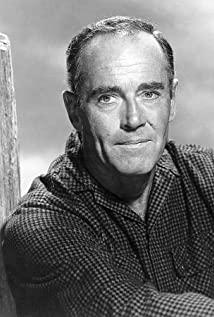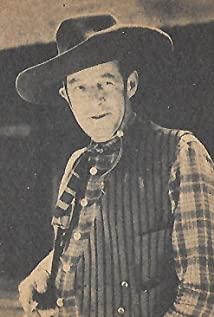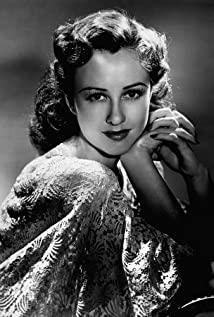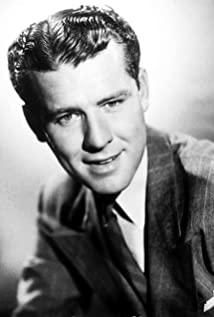I originally wanted to write something, but the 3 PPTs after May 1 made me give up the idea of thinking more, and perfunctory right to prove that I still did not give up watching movies and did not give up thinking.
In terms of camera positions to create viewpoints, Jean Mitri proposes four forms: Descriptive (or "objective") imagery: the camera records the plot, action and movement from the point of view that best describes the events involved, with the eyes as possible as possible No pronouns, no details or any characters are highlighted for any symbolic representation;
Personalized image (or "author's point of view"): The camera records events, constructs space, or creates character relationships from an equally selected angle to render and emphasize the meaning relationship implied by the plot itself, so as to sublimate the specific meaning to the general or abstract signs or symbols;
Subjective (or "analytical") imagery: substitutes for, and equates to, the gaze of the characters in the film;
Semi-subjective (or "associative") image: While preserving all the attributes of a descriptive image, the image is consistent with a character's point of view, objectively showing that the character occupies a prominent position in the frame, moves with the character, and the character acts as a medium , so that its point of view is consistent with the author’s point of view, and the audience obtains a complete image: simultaneously descriptive—purely showing things, analytical—character’s perspective on things and symbolic—through the compositional structure derived from the image
The semi-subjective image of "Red Shirt with Tears" is a textbook of the audio-visual system.
In a 1-minute continuous motion shot around the opening 8min, the camera maintains a medium shot of Miss Julie (Bette Davis), paving the way for her stubbornness and deviance in the arrangement of the seven aunts and eight aunts-like relatives complaining unhappily , at the same time, her equestrian costume was set to distinguish her again from the crowd at the banquet, and it also made Julie always stand out in the crowd. The camera kept following her to turn, move, and even pause at times, taking in the reactions of the seven aunts and eight aunts. Keeping up with Betty, it seems that we can't keep up with Julie's escapist, flamboyant, and even a bit crazy and bossy character, which once again paved the way for the characters in the subsequent plot development. Following the movement patterns of the camera, the audience shares the same anxiety and excitement as Julie. The descriptive lens shows her in an external way, we passively follow the meaning presented to us by her objectively described behavior and share her mood, and we project our own emotions on Betty at this moment. At the same time, the role of Julie has no response to the audience's projected emotions or even completely refuses to respond to the audience's projection, so such a semi-subjective image is endowed with the function of dramatic representation. Just like the plot structure of the film, in the first half of the film, the arrogant Julie dominates Preston and takes the initiative, so the camera is pulled by Julie to follow her every step of the way, even sometimes unable to keep up with her. In the second half of the film, the relationship between Julie and Preston is reversed, so Preston pulls the camera to move, so we often see Julie passively enter or leave the camera's line of sight, because at this time half The subjective image came to Preston's side.
The same wonderful scene is when Julie is dawdling in the room and dressing herself for a while (about 21min33s), her fiancé Preston comes to the door angrily and startles the tyrannical lady. At the same time, this paragraph also implies that The reversal of the two positions. The two are the positional relationship inside the door frame and outside the door frame, and the normal front and back play to show the character's state and expression will weaken the function of instantaneous expression. In this case, it is necessary to show the relationship between the two at the same time, and grasp the reason and reason for Julie's fright. As a result, and taking into account the lack of a slow front-and-reverse approach, William Wheeler employs a very clever reverse shot that, in Jean-Mitry's words, is "a stroke of genius." The camera is behind Preston and close to the ground to shoot Julie up, and frame the blurred picture of the cane in the foreground. We are watching Julie's expression for the first time, and at the same time, we are puzzled by the change of Julie's facial expression and follow Julie. Li's eyes saw the cane that had been in the foreground all the time. This was an action completed almost instantaneously, and the camera accurately expressed this moment. We substituted Julie's emotions and "rediscovered" together with Julie. The cane with the expression of anger, at the same time, gradually entering Preston's perspective at this moment, we are actually projecting an angry feeling on the cane and pointing directly at Julie.
Of course, there is also a classic scene where Julie is humiliated at the ball in a red dress representing "informal". Julie finally paid a huge price for her arrogant pride.
The image of independent women represented by Bette Davis (Miss Julie)
The purpose is to analyze the role of Miss Julie through the role of actress Bette Davis as a star and briefly introduce the role of Bette Davis as a typical "atypical female star".
In the book "Star", the image of stars is divided into two categories: social models and non-traditional/subversive models. In the non-traditional models, "independent women" exist as a separate branch. The book quotes "From In the book "Respect to Rape", the characteristics of independent women are divided into two categories based on actresses in the 1930s and 1940s and the roles they played (and dominated by actresses): super women, super women ( The same actress may have both types at different times in her acting career)
Superwoman: Ambitious and very intelligent while being extremely "feminine" and flirtatious, she plays the submissive role prescribed by society, always acting within traditional society, but without a worthy plan to use her creative energy, she Convert this energy into usable matter - people circle her around it - and create magical effects.
Superwoman: Similar to a superwoman, has a high IQ or imagination, but never displays her femininity, but instead absorbs the qualities of a man in order to enjoy the privileges of a man, or simply to survive.
The models of super women are Katharine Hepburn and Joan Crawford (the "Dead Stranger" period), and Bette Davis is the typical super woman type. Superwomen are always inescapably portrayed as being super-powerful: Miss Julie in this film is capricious, savage, reproached and popular, always the focus of the film, and like Bette Davis herself, her With her brilliant resume (two Oscars) and her tough style, Bette Davis preset her "wicked girl" type in the movie poster, and she was in the public eye with a very attractive image. Women like Bette Davis are the epitome of subversion (subverting traditional “beauties” like Monroe and Jane Fonda): a worldview rooted in norms, but unconventional to mainstream values. This is also in the film's plot structure and even in the film's original title "Gise Belle" has also been creating its "wicked girl" image: because Ted died in a duel, Julie was condemned by people and received a nickname , called "Gisebel", Gisebel was the favorite concubine of the ancient Israeli king Ahab, known for her lustful and vicious deeds, and later people used her name as a substitute for a vicious prostitute. This is precisely the social pressure after Preston's departure. Bette Davis, like James Dean, builds Miss Julie and her related series of super-feminine images rooted in female identity, while clarifying its characteristics: In the film, Miss Julie loves Preston but loses him because of her arrogance and willfulness. When Preston was infected with yellow fever and about to die, Julie took Preston to the island of death. That is, this female image is not only dissatisfied with the current social order: the status quo of the Civil War, the rotten superstructure, the stereotyped and ridiculous way of socializing, etc., but eventually has to collapse with her, such a role that escapes and is even annoying. A character that ultimately succeeds in showing its sad limitations cannot be separated from the stardom of Bette Davis.
View more about Jezebel reviews


